Lee-Jackson Day suggests Lee is in limbo
An up-close look at the Lee-Jackson parade reveals complicated truths about the South
Participants in the Lee-Jackson parade walk through downtown Lexington on Jan. 14.
January 23, 2023
Dozens of Confederate admirers and supporters descended upon Lexington for the celebration of Lee-Jackson Day last week in an event now familiar to Washington and Lee University upperclassmen and disarmingly bizarre to their first-year counterparts,
To a northeastern Yankee, such an event elicits curiosity and bewilderment as much as anything else. So, in the interest of spectacle, I decided to view for myself the annual Lee-Jackson Day procession down Main Street in an attempt to garner an understanding of this anachronism. What follows are my observations from the parade, excerpts from my conversations with participants, and the conclusions I drew from the encounter.
A half hour before the parade was about to start on Jan. 14, the sidewalks remained desolate, like one of those scenes in the end of an old Western where the townsfolk have cleared out to avoid association with the ensuing showdown. Finally, as the starting time arrived, the attendees accumulated, and by the time the parade was in full swing, the streets were far from empty, brimming with enthusiastic supporters and perplexed onlookers alike.
It was around this time I thought I should attempt to seek some, hopefully nuanced, perspective on the part of the fellas clad in the stars and bars. I approached a man named R.J. who was filming the parade. He wouldn’t disclose his last name and was clad in a Stone Mountain fleece with Confederate flags protruding from his backpack. We chatted immediately before the procession.
This was the third time he made the trek from his native California, a surprising geographical revelation, for this event. Not once did he mention the topic of slavery, rather sticking to the idealized portrait of Lee and Jackson to which many are accustomed.
He remarked that they were “impressive Americans” and that “everything they did was out of nobility. They lived to a higher ideal.”
He abhorred the critical reevaluation of the Confederacy now taking place, saying, without a hint of irony, that students nowadays “don’t have the full perspective” of history but rather receive a “shallow understanding of the war.”
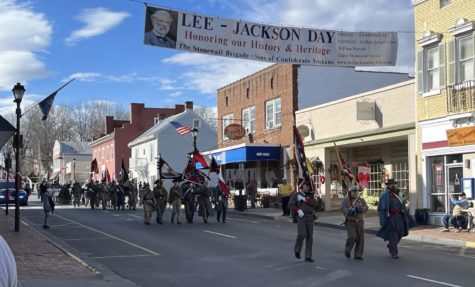
Realizing that introspection was not abundant in my conversation, I moved onto the show itself. My next discussion was with Skip Simmons, an active participant in the parade. Skip was in full regalia and carried the battle flag of the Army of Northern Virginia.
“The truth is that the war was fought over taxes, not slavery,” Simmons said.
He further claimed that “the North had more slaves than the South,” and that “the slaves were treated pretty damn good.”
It was at about this time that I noticed Simmons’ gun holster above his right hip and decided it was time to wrap it up lest I tread into more dangerous waters.
When asked if there was a “right” side in the Civil War, he said with a sigh, “I don’t know.”
The message the parade participants conveyed was not new. The symbols— with the notable exception of a Trump 2024 flag— were not new, and the people certainly were not either. The parade had the aura of ritual and ceremony, to be sure. But its tenor was not triumphant. It reeked of tradition advancing into irrelevance.
As I stood there observing, a question popped into my mind: What are these men and women searching for? To where do they implore the country to return? Surely not the actual 1860s and the Antebellum South, where the powerless poor whites were looked upon with scorn by a landed aristocracy in a calcified social structure.
No, what these folks are longing for is not some abstract ideal, but rather, they are intoxicated with nostalgia for a period in the not-too-distant past. They pine for a closer past, which many of them can vividly recall: the 1960s.
This was the last gasp for white hegemony in the South, the last time they, even the poor whites, felt that they were in some control because at least there was someone below them.
In the 1960s, who were the icons of the white South, defenders of this favorable order? Well, Robert E. Lee, Stonewall Jackson, and Jefferson Davis of course. It is no surprise to learn that many, if not most, monuments to the Confederacy were erected during the decade of the Civil Rights Movement. The idealization and reverence is not to the 1860s, but rather, to the symbols which these men represented exactly a century later.
All in all, my experience at the Lee-Jackson Day parade left me dismayed and disoriented —likely a result of seeing young children in Confederate gray walking the streets.
But it was clear to me that this celebration was a front without a future, the death throe of a bygone era, not the surface of a resurgent movement.
These participants, secluded and often deluded, are digging their heels into historical quicksand. Can we and should we try and pull them out of it?



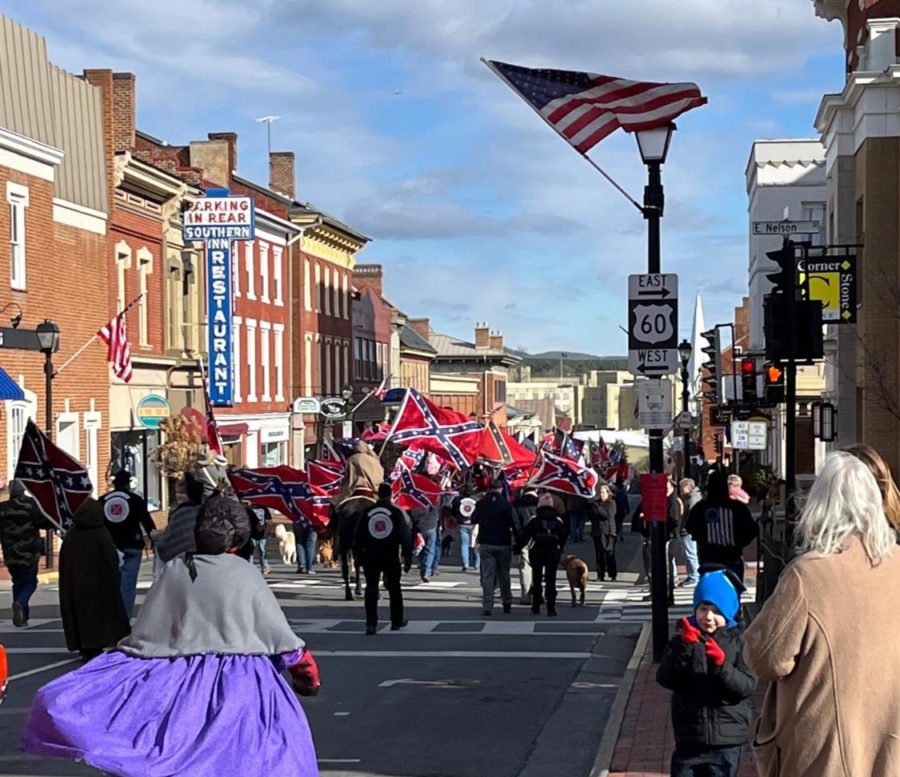
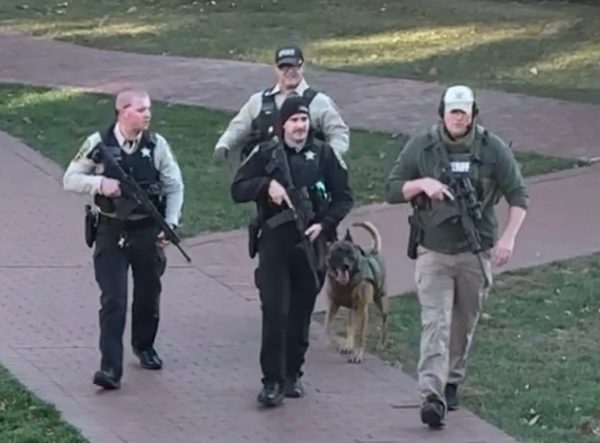



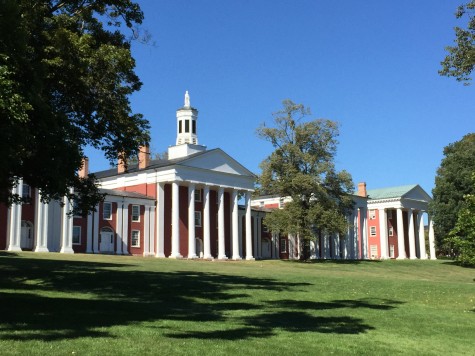

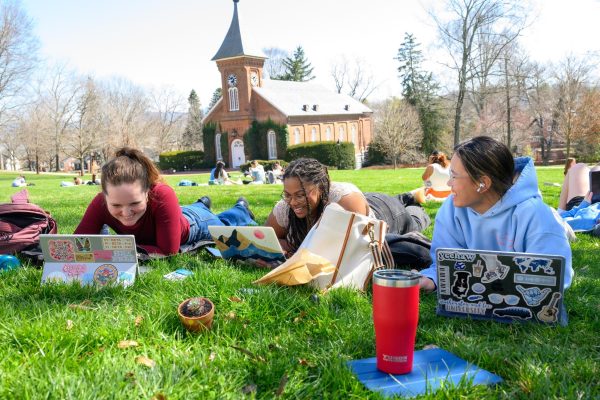

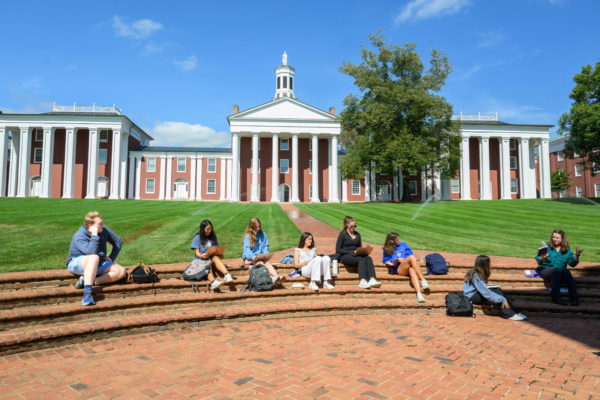
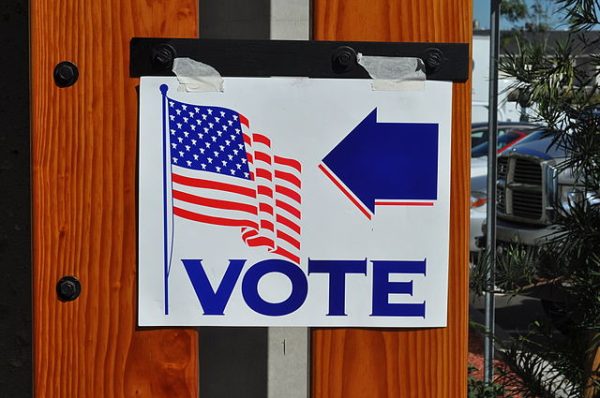
Fred Barnes • Jan 14, 2024 at 7:29 pm
Nope, you should just wait, and they will dwindle. I was happy to see that there were no confrontations between groups; it was very live-and-let-live. As to what they want to return to, I think that’s not really an issue any longer….they aren’t trying o bring back Jim Crow or slavery, they just want to be proud of their ancestors. That’s why they stick to the idealized versions of them. The very fact that they don’t mention slavery or deny it was the main reason for the war shows that they recognize it as wrong, or at least realize they can’t openly support it, but don’t like being told they should reject their family history.
I’m a descendant of some prominent Confederates, and I think I understand these people, although I wouldn’t join their march. My ancestors fought bravely for their cause….which was a bad one. I’m glad they lost, but I can recognize the spirit in which the vast majority fought….it was to defend their homes. After the war we joined the US military for generations and my father was a strong supporter of civil rights. I think things like the statues should have been moved to a separate park and an even-handed reinterpretation made. Most of us moderns would have done no differently that’s our ancestors had we been born in those times and in those places.